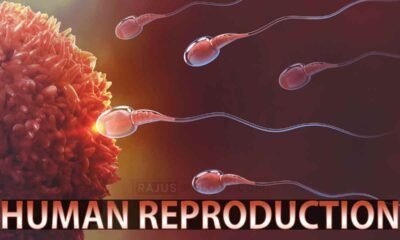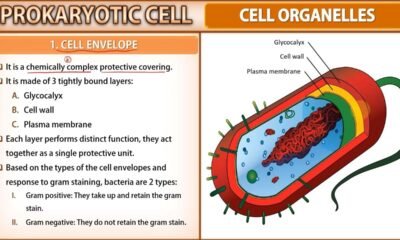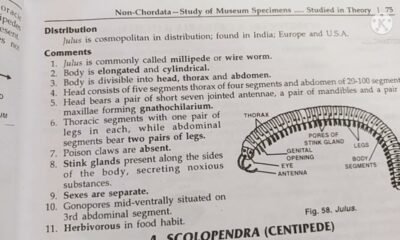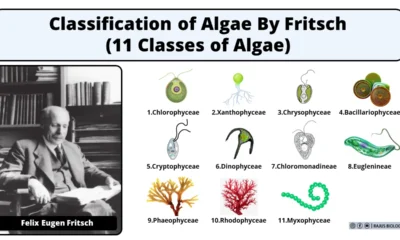Blog
Classification of Meristem Notes | Free Biology Study Material

This article we will discuss about classification of meristem
- Meristematic tissue are rapidly dividing cells found in growing portions of the plant and they give rise various plant organs
- Cells are immature and young
- Meristematic tissue is commonly called as meristems
- Meristems are classified according three criterions
Meristematic tissue on the basis of origin
Promeristem
- Originates from the embryo
- The earliest and youngest meristematic tissue
- It is present in embryonic stage
- It give rises to primary meristem
Primary Meristem
- Originates from promeristem
- It is formed early in life & help for plant primary growth
- It give rises to primary permanent tissue
- Found in root, shoot intercalary parts and intrafascicular cambium
Secondary Meristem
- Originates from primary permanent tissue
- It gives secondary permanent tissue during secondary growth
- E.g. Cork cambium & interfascicular cambium
Meristematic tissue on the basis of position
Apical Meristem
- Position: It is present in shoot and root apex
- It helps in increase in height of plants
- Lower plants usually have single apical cells
- In higher plants, apical meristem composed of group of cells
- E.g. Root apex & shoot apex
Intercalary Meristem
- Position: present between permanent tissue regions in the plant
- It is a part of apical meristem and adds to the height of the plant
- Commonly present in monocots, grass and pines
Lateral Meristem
- Position: present on lateral side of stem and root
- It helps in increases the thickness of plants
- E.g. Vascular cambium, cork cambium
Meristematic tissue on the basis of function
Protoderm
Function: protection from mechanical injury
It is the outermost plant tissue and forms the epidermis
Procambium
Function: transport of water and nutrition
It gives rise to vascular tissue (xylem and phloem)
It is the innermost meristematic tissue
Ground meristem
Function: various functions
It forms the cortex, pericycle and pith
For more detailed information about plant anatomy, download now full study material as PDF

 Blog7 months ago
Blog7 months ago[PPT] Human Reproduction Class 12 Notes
- Blog7 months ago
PG TRB Botany Study Material PDF Free Download
- Blog7 months ago
Contribution of Indian Phycologists (4 Famous Algologist)

 Blog7 months ago
Blog7 months agoCell The Unit of Life Complete Notes | Class 11 & NEET Free Notes

 Blog7 months ago
Blog7 months ago[PPT] The living world Class 11 Notes

 Blog7 months ago
Blog7 months agoJulus General Characteristics | Free Biology Notes

 Blog7 months ago
Blog7 months agoClassification of Algae By Fritsch (11 Classes of Algae)
- Blog7 months ago
Class 12 Biology Notes Chapter wise PPT












